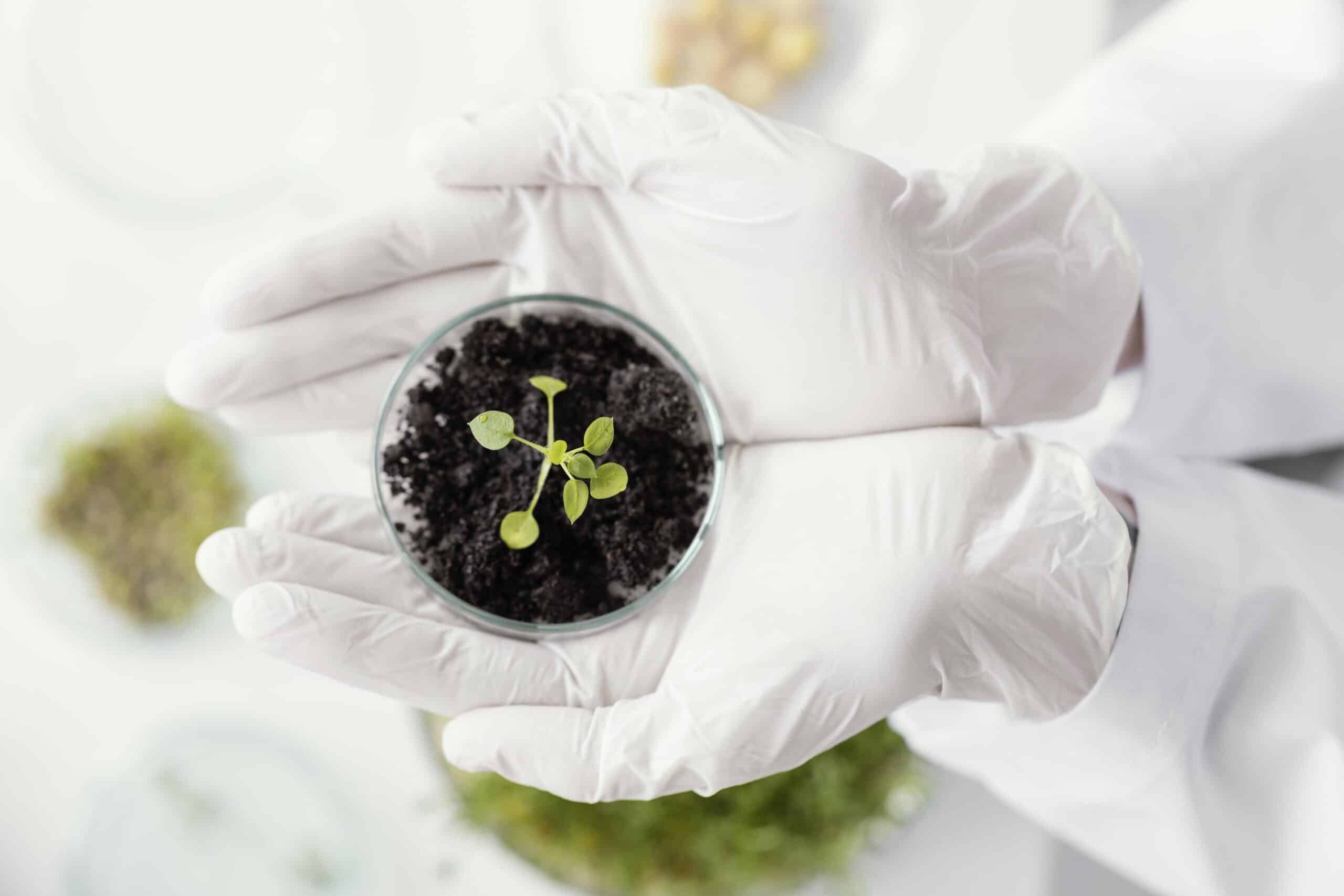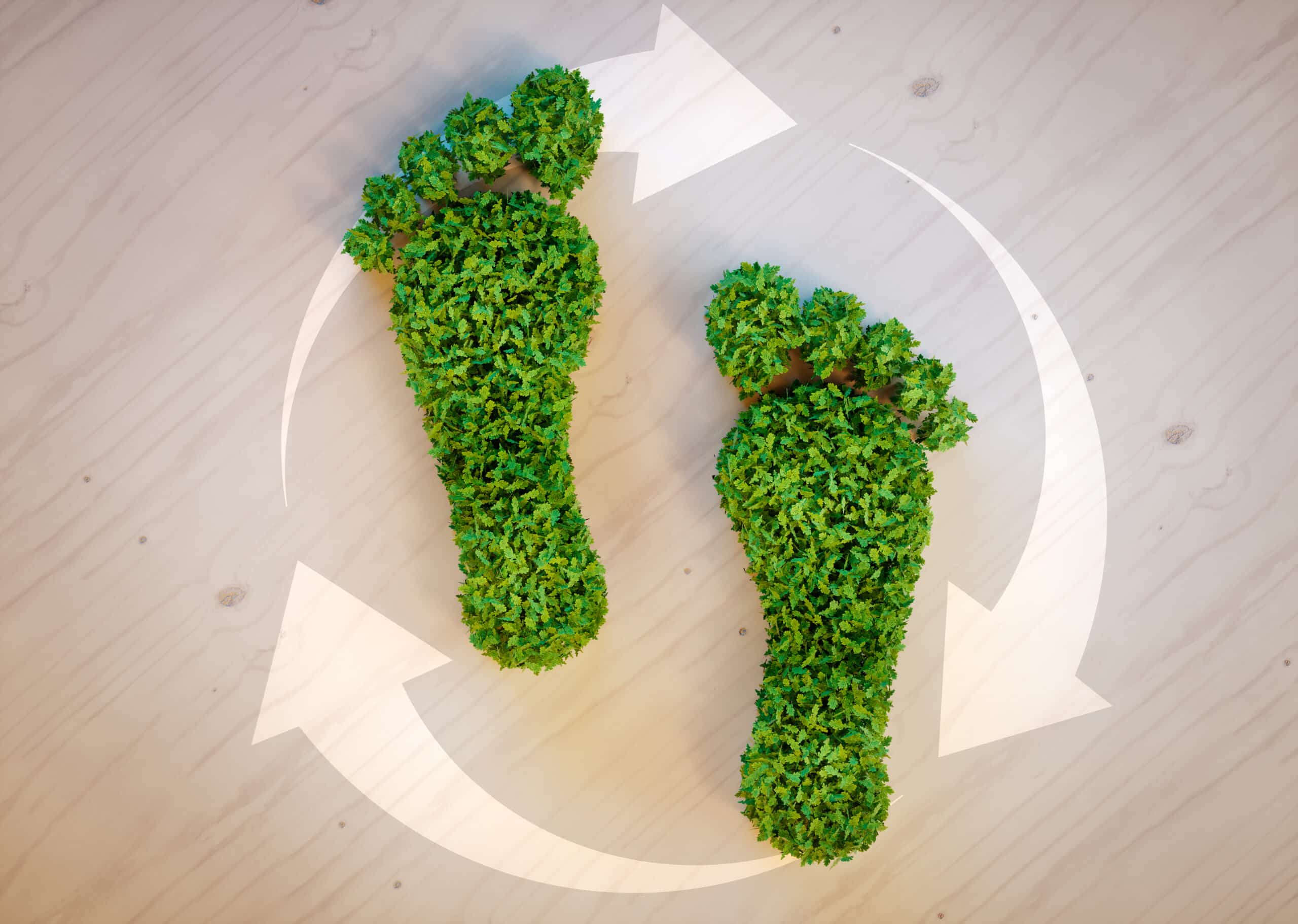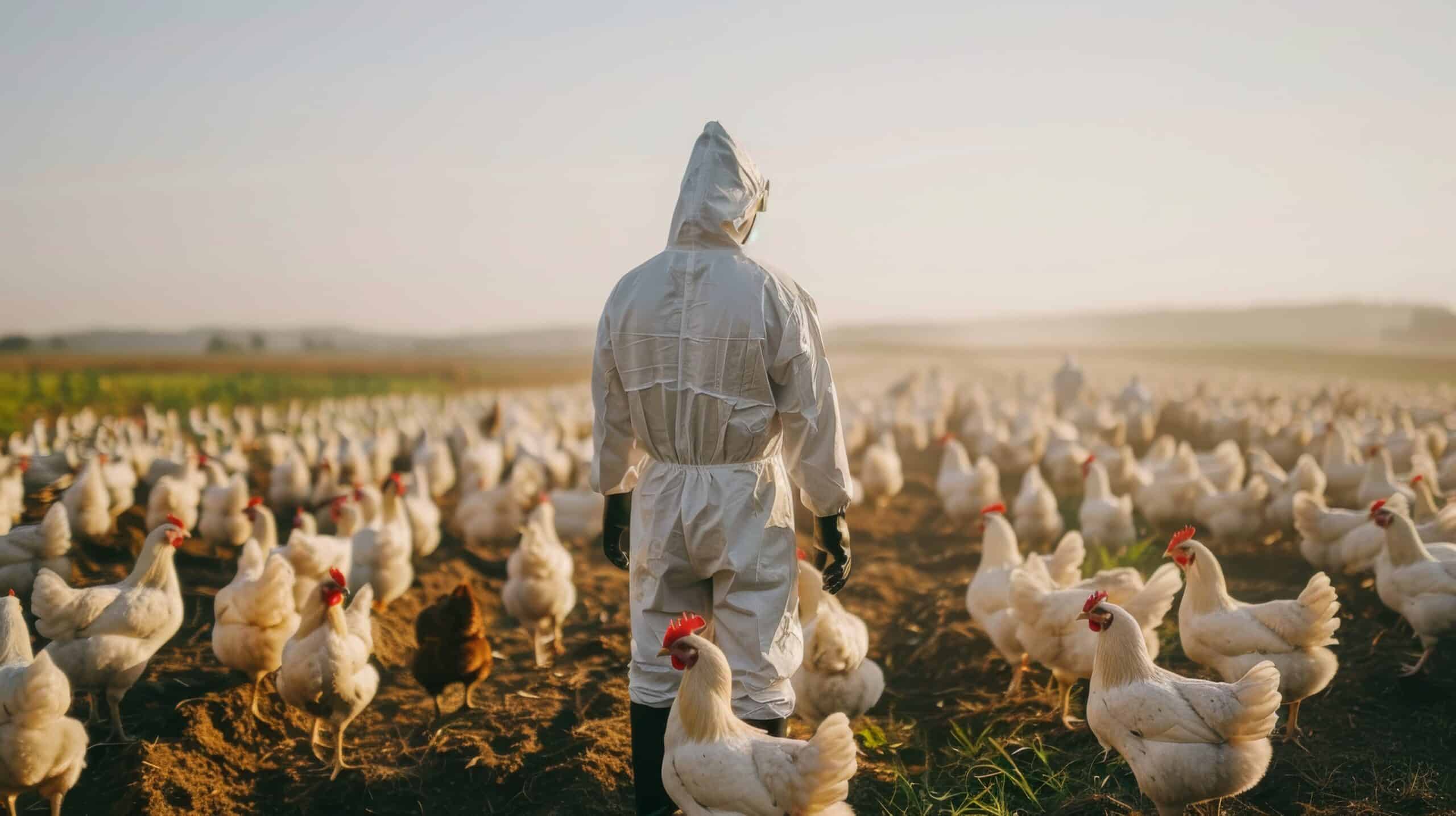Water is a vital yet often overlooked component of poultry production. While much attention is paid to feed formulation and housing, the quality of water provided to birds plays an equally significant role in maintaining flock health and optimizing productivity. Contaminated water can serve as a vehicle for numerous pathogens, leading to waterborne diseases that compromise bird performance and cause substantial economic losses. Understanding the link between water quality and poultry health is critical for preventing disease outbreaks and improving farm outcomes.
The Role of Water in Poultry Health
Water is essential for digestion, nutrient absorption, thermoregulation, and metabolic functions in poultry. Birds consume approximately twice as much water as feed by weight. Any compromise in water quality can affect intake behavior, reduce feed consumption, and suppress immunity. Contaminated water is one of the most common routes for disease transmission in poultry operations, especially when hygiene protocols are not strictly followed.
Common Waterborne Diseases in Poultry
Several bacterial, viral, and protozoal diseases in poultry are directly linked to poor water quality. The most common include:
- Colibacillosis: Caused by Escherichia coli, this disease can lead to respiratory infections, septicemia, and mortality. Contaminated water is a major source of E. coli introduction to the flock.
- Salmonellosis: Salmonella bacteria can survive in stagnant or improperly treated water. Infected birds may exhibit diarrhea, dehydration, and reduced egg production.
- Necrotic enteritis: Though primarily caused by Clostridium perfringens, its occurrence is often associated with poor hygiene and the presence of pathogens in water systems.
- Coccidiosis: This parasitic disease is spread through oocysts that can contaminate water sources, especially under poor management conditions.
Key Water Quality Parameters
Ensuring good water quality involves monitoring a range of physical, chemical, and microbiological parameters:
- Microbiological contamination: Water should be free from pathogenic bacteria such as E. coli, Salmonella, and Pseudomonas. Regular testing and disinfection are essential.
- pH levels: The ideal pH range for poultry drinking water is 6.0 to 6.8. Water that is too acidic or alkaline can affect consumption and digestion.
- Total Dissolved Solids (TDS): High TDS can reduce water palatability and affect gut health. A TDS level below 1000 ppm is generally acceptable.
- Hardness and mineral content: Excessive minerals like iron, manganese, and sulfates can encourage biofilm formation in pipelines, providing a haven for pathogens.
Practical Measures to Improve Water Quality
- Routine Testing: Regular testing of water sources for microbial and chemical parameters helps in early detection of contamination.
- Cleaning Water Systems: Biofilms inside pipelines can harbor pathogens. Periodic flushing and sanitization of the water lines are crucial.
- Use of Disinfectants: Approved water sanitizers such as chlorine, hydrogen peroxide, or stabilized chlorine dioxide can help keep microbial loads in check.
- Water Source Management: Secure bore wells, covered storage tanks, and proper drainage prevent contamination from environmental sources.
Water quality directly influences bird health, feed efficiency, and disease resistance in poultry. By maintaining clean and pathogen-free water, poultry producers can mitigate the risk of waterborne diseases, enhance bird welfare, and boost overall farm profitability. An integrated approach involving monitoring, hygiene practices, and water treatment is key to achieving high standards in poultry health management.







.png)












.png)






